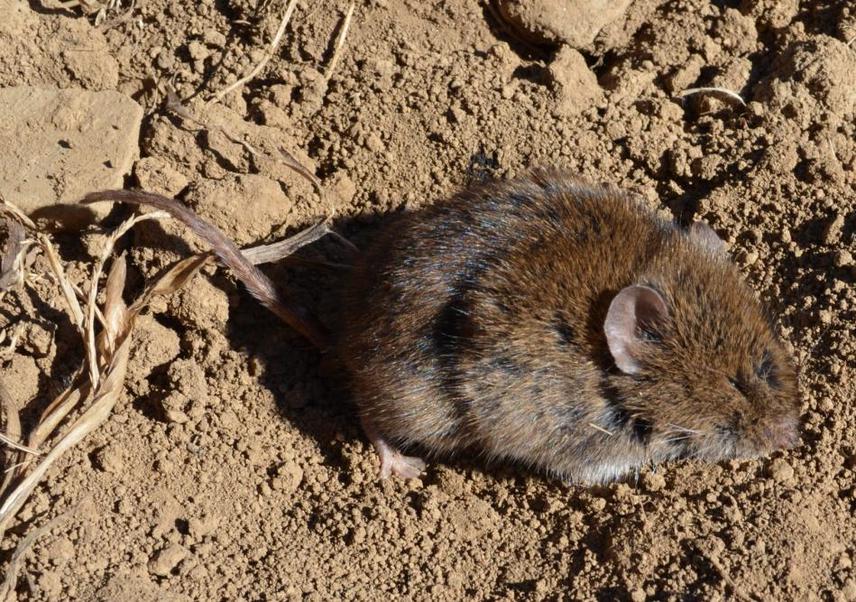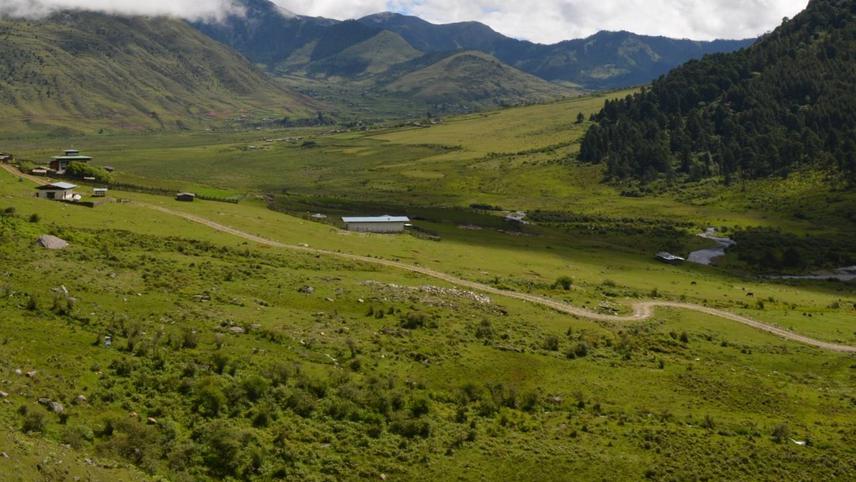Kuenzang Dorji
Other projects
16 Jun 2016
Religious Advocacy for Highlanders to Advocate Conservation Awareness on Survival of Small Mammals: Prey-Base of Grus nigricollis in Phobjikha,Wangdue, Bhutan
28 Jul 2020
Socio-Ecology and Conservation of the Endangered Golden Langur (Trachypithecus geei) in Two Landscapes, Trongsa District, Bhutan
29 Mar 2023
Modelling Human-Golden Langur Spatial Interaction Index and Promote Co-Existence Opportunities in the Agricultural Landscapes, Bhutan
The project aims to document small mammal diversity and their relation to key habitat variables and publish pictorial guidebook with display of all pelage colors and morphometric measurements.

Macrotus sikimensis.
The project titled “Small Mammals in Small Country: Diversity and Conservation of Small Mammals in High Altitude Wetland of Phobjikha, Wangdiprodrang, Western Bhutan” is ever first kind in Wetland of Bhutan. The project would document species diversity and publish pictorial guide of small mammals of Phobjikha Conservation Area (PCA).

Habitat.
The project will be conducted in Phobjikha Conservation Area (PCA) that measures 161.12Km2. Phobjikha Valley is one of the largest high-altitude wetlands of Bhutan and it serves as an important wintering habitat for the endangered Black-necked Crane. The study area comprise of five major habitat types viz. agricultural land, mixed conifer forest, shrubs, marshy area and meadow. The project will commence from December 2014 and complete by November 2015 with four seasons (winter, spring, summer and autumn) data on small mammals.
Using Geographic Information System (GIS) tool, the study area will be stratified into three broad habitats types (Mixed Conifer Forest, Mixed and Riparian).The start point of transect in all habitat will be determined by using GIS and the point is navigated by Global Positioning System (GPS) to avoid unbiased estimate of population parameters. Ten transects of 270m length will be laid at an interval of 500 m in each habitat and nine Sherman traps of size 23 x 9 x 8cm will be deployed along transect at every 30m. The variable like species, sex, reproduction status, total weight, length, tail length, GPS coordinates, weather, time will be recorded to provide detail information of species. The habitat along transect will be measured by laying out plot size of 10m x10m at start, midpoint and end of each transect. The variable such as species of plants, aspect, slope, associated plant species, soil PH, litter, and herbaceous will be recorded to find out correlation between small mammal species and different habitats. Canopy cover of forest habitat will be measured in percentage to assess response to light penetration by small mammals.
Within the mammals, what is currently known and studied are mostly the higher and charismatic taxa and small mammals are highly neglected. Since no comprehensive and systematic studies have been conducted in the country, other than a record of few species and a study on elevational diversity study in Jigme Dorji National Park, hardly anything about small mammals is not known in Bhutan. Furthermore, it is entirely possible, indeed probable, that additional species of small mammals are yet to be discovered from the country. This study will provide additional information necessary for more focused research on the small mammal species of the country.
The result generated through this project would help Royal Society for Protection of Nature (RSPN), the only non- governmental conservation organization in Bhutan to update existing management plan to conserve valley and support government intervention to develop Phobjikha as third RAMSAR site of Bhutan.